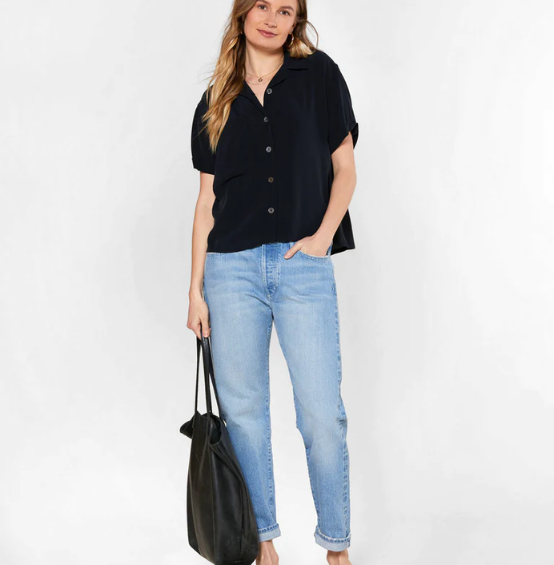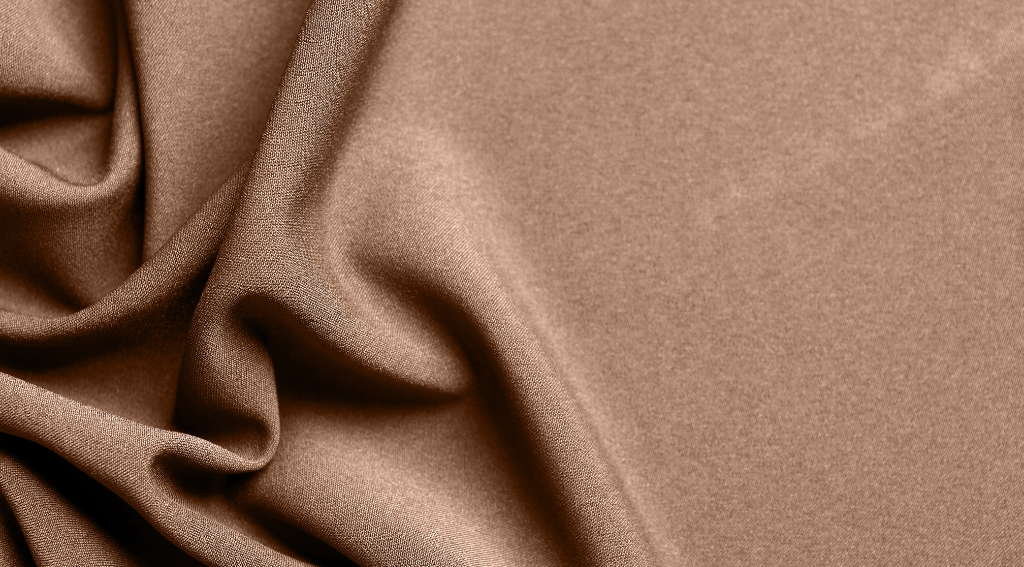What is Curpo fabric? Is Curpo sustainable and ethical? Here’s everything you need to know about the regenerated cellulose fiber that’s taking over the slow fashion world.
The Ethics & sustainability of Cupro Fabric
Simple ways to celebrate Earth Day, simple ways to celebrate Earth Day at home, easy Earth Day activities for adults, how to celebrate Earth Day
So, what makes it so special? Cupro is a regenerated cellulose fiber that springs to life from the often-overlooked hero of the cotton world – cotton linter. You know, that fluffy layer clinging to cotton seeds after they’ve gone through the ginning process. What makes Cupro a standout in the fashion game? Well, imagine the silky, luxurious feel of traditional silk without the ethical dilemma of silkworms being part of the process.
But, where did it come from? And, most importantly, is Curpo sustainable?
Asahi Kasei began researching and developing cupro as a sustainable alternative to silk. The Japanese company focused on utilizing cotton byproducts to create a fabric with properties similar to silk, such as its luxurious feel and draping qualities.
Let’s have a look at the sustainability of cupro fabric, its qualities, and the manifacturing process.
What is Cupro fabric?

In the ever-evolving landscape of sustainable fashion, innovative materials continue to emerge, reshaping the industry’s ecological footprint. One such material making waves is cupro fabric, often hailed as the “vegan silk.” Derived from cotton linter, the fluffy layer of fibers clinging to cotton seeds after ginning, cupro stands out as a pioneering solution to address waste in the cotton production process.
Cupro, short for cuprammonium rayon, undergoes a meticulous process to transform cotton linter into a luxurious fabric. The result is a textile that not only bears a striking resemblance to silk but also boasts unique qualities that make it an attractive choice for sustainable fashion enthusiasts.
What sets Cupro apart is its uncanny similarity to silk, both in terms of its draping ability and the luxurious feel against the skin. This resemblance provides designers and consumers with an ethical alternative to silk, without the need to compromise the well-being of silkworms.
Unlike traditional silk, which involves the cultivation and sacrifice of silkworms, cupro is entirely plant-based. In a closed-loop system, the chemicals utilized in the production of cupro can be extracted and reused, minimizing both waste and environmental impact.
How is Cupro material made?

Cupro fabric is crafted through a meticulous process that transforms cotton linter, a byproduct of the cotton industry, into a luxurious and sustainable textile.
Harvesting Cotton Linter: Cupro begins its journey with the collection of cotton linter, which is the fine, downy fibers that adhere to cotton seeds during the ginning process. Traditionally considered waste, these fibers are the foundation of cupro fabric, offering a sustainable alternative to disposal.
Purification: The collected cotton linter undergoes a purification process to remove impurities, ensuring that the resulting cupro material is of high quality. This step is crucial in maintaining the fabric’s desirable characteristics, such as its softness and sheen.
Dissolving in Ammonium Hydroxide: The purified cotton linter is then dissolved in a solution containing ammonium hydroxide. This process results in a viscous, liquid substance, often referred to as cuprammonium solution.
Extrusion and Spinning: The cuprammonium solution is extruded through fine spinnerets, forming delicate filaments that solidify as they emerge. These filaments are then spun into yarn, which serves as the basis for weaving or knitting cupro fabric.
Regeneration Process: The spun cupro yarn undergoes a regeneration process, typically involving exposure to a bath of amine oxide. This step solidifies the fibers and transforms them into a workable, textile-ready material.
Weaving or Knitting: The regenerated cupro fibers are woven or knitted into fabric, giving it the desirable qualities reminiscent of silk. Cupro’s smooth surface and natural sheen contribute to its luxurious appearance.
So, is Cupro fabric sustainable?
Yes, Cupro fabric is very sustainable. First and foremost, Cupro is made from cotton linter, which is a byproduct of the cotton industry. This repurposing of what would otherwise be considered waste helps minimize the environmental impact of cotton production and promotes resource efficiency.
Also, unlike traditional silk, which involves the use of silkworms, cupro is completely plant-based. It is often referred to as “vegan silk” due to its similar luxurious feel and drape. This makes Cupro a cruelty-free alternative, aligning with ethical and sustainable principles in fashion.
On top of that, Cupro is known for its hypoallergenic properties, making it suitable for individuals with sensitive skin. Its breathability adds to its comfort, making it an excellent choice for a wide range of clothing items.
Last, but not least, Cupro fabric is resistant to stretching and shrinking, contributing to its durability. This longevity is an essential aspect of sustainability, as longer-lasting garments reduce the need for frequent replacements and contribute to a more sustainable wardrobe.
Is Cupro fabric vegan?
Yes, cupro fabric is considered vegan. Cupro is often referred to as “vegan silk” due to its luxurious feel and drape, which is reminiscent of traditional silk. Unlike silk, which is derived from the cocoons of silkworms, cupro is plant-based and does not involve the use of animals in its production.
The raw material for cupro comes from cotton linter, which is the fluffy layer of fibers that adheres to the seeds of the cotton plant after ginning. This linter is typically discarded in the conventional cotton production process, making Cupro a sustainable and cruelty-free alternative.
Is Cupro recyclable?
Cupro fabric is generally considered biodegradable, but its recyclability depends on the specific processes and technologies available in waste management systems. While cupro itself may biodegrade over time, recycling methods for cupro fabrics are not as common as they are for some other materials.
The closed-loop system used in the production of cupro, where chemicals are extracted and reused, contributes to its eco-friendly profile. However, the recycling of finished cupro garments or textiles at the end of their life cycle may face challenges.
Recycling textiles, in general, involves breaking down the fibers to create new materials. The ability to recycle cupro depends on whether there are facilities and processes in place to efficiently separate and process cupro fibers from other materials within the fabric. The complex composition of some textiles, including blends with other fibers or the presence of dyes, can pose challenges to recycling.
Cupro VS silk
Silk, a natural protein fiber produced by silkworms during the cocoon-building process, has long been associated with luxury and elegance. However, its production involves the sacrifice of silkworms, raising ethical concerns for some consumers. The sericulture process requires the silkworms to be boiled alive to extract the silk threads, making silk production less aligned with cruelty-free principles. Despite its luxurious sheen and draping qualities, the ethical considerations surrounding silk have led to an increased interest in sustainable alternatives like cupro. While silk remains a classic choice, those prioritizing ethical and cruelty-free fashion are turning to Cupro for its similar qualities without the ethical drawbacks.
Cupro, on the other hand, distinguishes itself environmentally through its closed-loop manufacturing system. The process involves extracting and reusing chemicals, minimizing waste, and reducing the environmental footprint. In contrast, silk production demands significant resources, including vast amounts of water and energy. Additionally, the reliance on silkworms and mulberry trees for silk cultivation contributes to the overall environmental impact. Cupro’s closed-loop system and use of cotton byproducts position it as a more resource-efficient and environmentally friendly choice compared to the resource-intensive process of silk production.
Garments made from cupro maintain their integrity over time, offering consumers a more sustainable option that aligns with the growing trend towards longevity and reduced fashion waste. While silk may boast a timeless elegance, cupro combines aesthetics with practical appeal, making it a compelling choice for those seeking both style and sustainability.
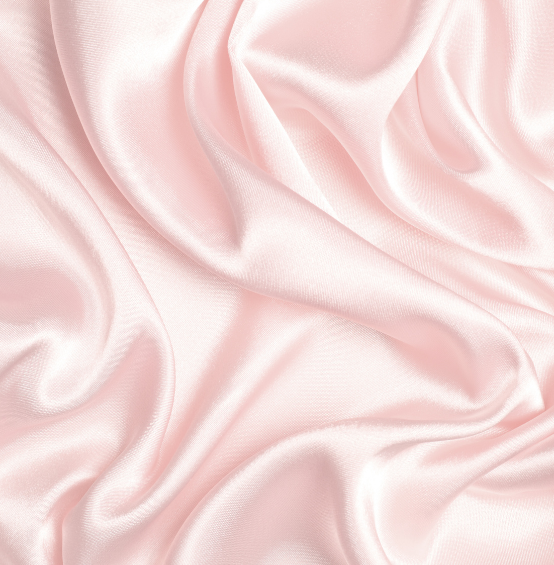
How to wash Cupro?
Hand washing is the gentlest method for cleaning cupro. If you choose to use a washing machine, opt for the delicate or gentle cycle to minimize agitation. Use a mesh laundry bag to further protect the fabric.
Choose a mild, pH-neutral detergent specifically designed for delicate fabrics. Harsh detergents can damage the fibers and affect the texture of Cupro. Avoid using bleach or fabric softeners.
It would be best to wash Cupro in cold water to prevent color fading and to protect the fabric from excessive shrinkage. Hot water can be harsh on delicate fibers, so cold water is ideal for maintaining Cupro’s integrity.
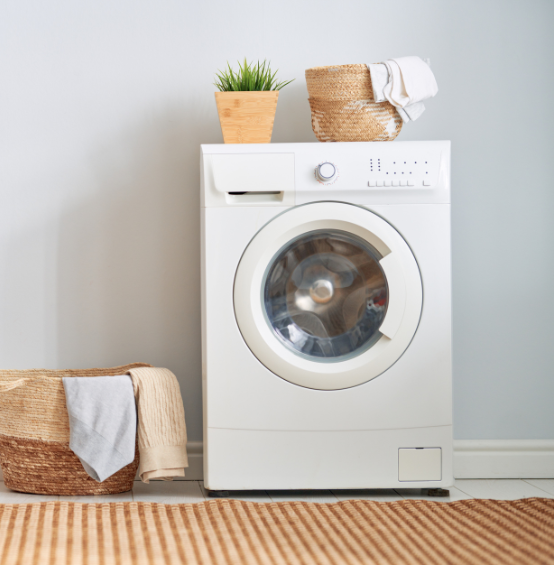
Best Sustainable Brands for Cupro Fabric Clothes
1. Amour Vert
Price Range: From $41
Materials: Linen, cotton, Tencel, Curpo
Amour Vert is a French-inspired design, California-natural style brand that offers wardrobe staples straight from the hands of skilled artisans. The company takes pride in supporting local small-scale manufacturing, ensuring that each piece is crafted with care and precision. Zero-waste designs take center stage in our commitment to minimizing environmental impact.
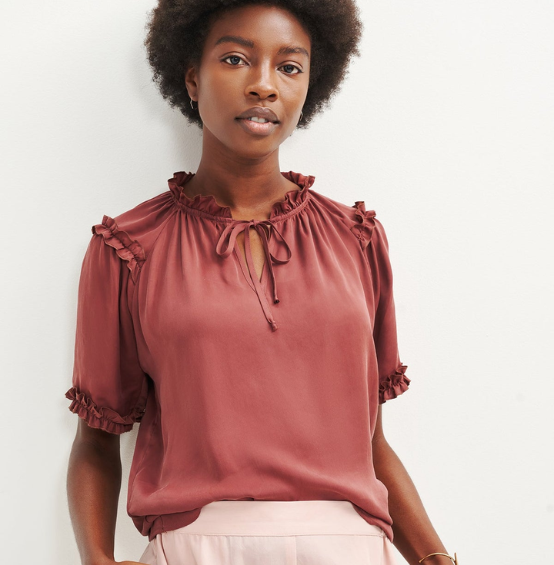
2.Whimsy and Row
Price Range : From $50
Materials: Tencel-Curpo fabric
Whimsy and Row takes ethical fashion seriously. Partnering with small, family-owned factories in Los Angeles, they ensure that their tencel/curpo fiber clothes are ethically made in the most sustainable way possible. From breezy dresses to comfortable jumpsuits, and an array of effortlessly chic pieces that seamlessly blend style with comfort. What sets Whimsy and Row apart is its commitment to injecting a burst of vibrant colors and playful prints into every collection. Whether you’re strolling down the boardwalk or sipping coffee in a cozy corner cafe, these designs are made for the moments when fashion meets pure joy.
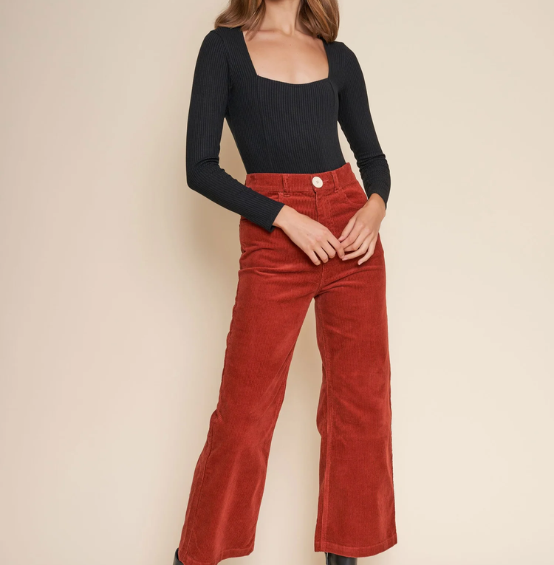
3. Outerknown
Price Range: From $40
Materials: Econyl, organic cotton, Curpo
Outerknwon has set out to redefine the fashion industry by weaving sustainability into every fiber of its supply chain. It all starts with their comprehensive code of conduct, a set of guidelines that every player in their supply chain wholeheartedly embraces. Whether it’s pants that fit like a dream, outerwear that wraps you in warmth, shirts that strike the perfect balance between comfort and style, or swimwear that’s as eco-friendly as it is fashionable – Outerknown truly does make it all.
